
Spring may be nearly here but it doesn’t mean that storms won’t be bringing in more marine debris.
“And from where?” we could ask.
Yes there may be fishing and shipping container losses (see end of newsletter) but it is acknowledged that 80% of all marine debris is land sourced, and that waterways are a major link for inland pollution finding it’s way to the sea. So along with beach visitor behaviour we need to look at poor waste infrastructure (systems, bins, tips etc), unknown pollution sources and most importantly our over consuming of “stuff”.
If anyone comes across any major beach or river rubbish please email with a photo and location so that Strandliners can organise a clean up and survey.
If any marine animals (goose barnacles etc) are found attached to plastic on the beach please email with a photo and location.
Keep a look out for “odd items” which have no simple explanation for being in the marine or river environment.
Have a close up look at the strandline for those microplastics – any nurdles or bio-beads?
We welcome all new people to join us, so if you know anyone who’d enjoy being part of the growing Strandliners community, please pass this newsletter on. Forward to a friend.
Recent events
The monthly Dungeness survey and clean up produced another 84kg. A huge thank you for all the volunteers who managed this in challenging conditions, and a special thank you to Beverley and Rebecca who led this Strandliners event.
The Environment Agency have been re-profiling the beach defences and the survey site had been cleared so any rubbish either covered up or washed away. The marine debris survey was carried out at a nearby site and all data will be uploaded to the Marine Conservation Society as part of the international campaign to record plastic pollution.
If anyone wishes to join these surveys please email here.
Some recent finds (below) amongst the plastic pollution:
Birch bark with Goose Barnacles suggests North American birch bark collected Goose Barnacles on its journey across the Atlantic.
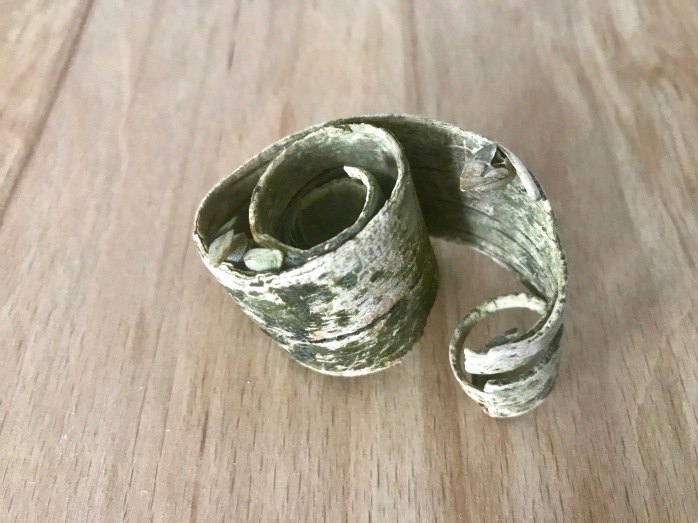
Any ideas what the 24 inch diameter metal object is?
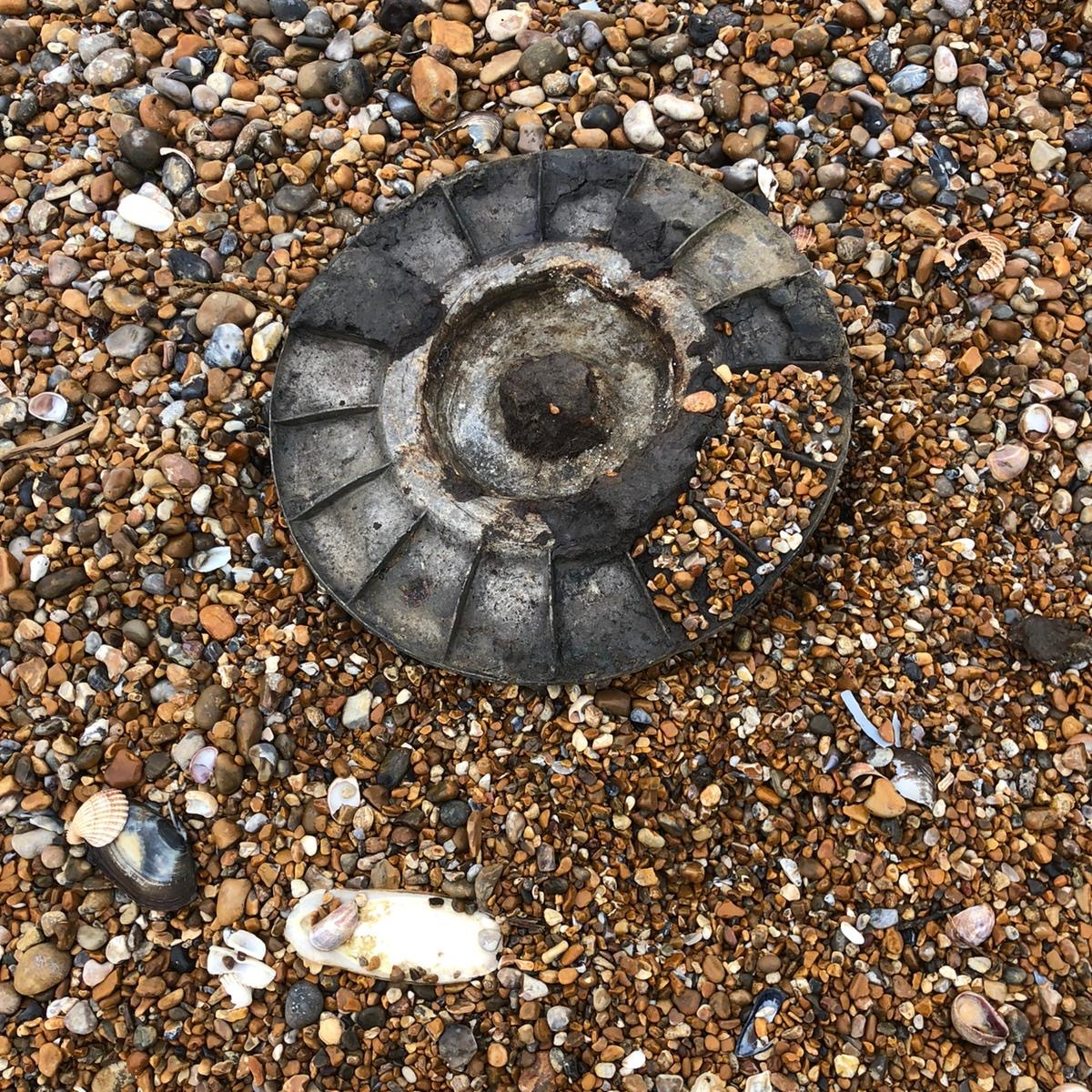
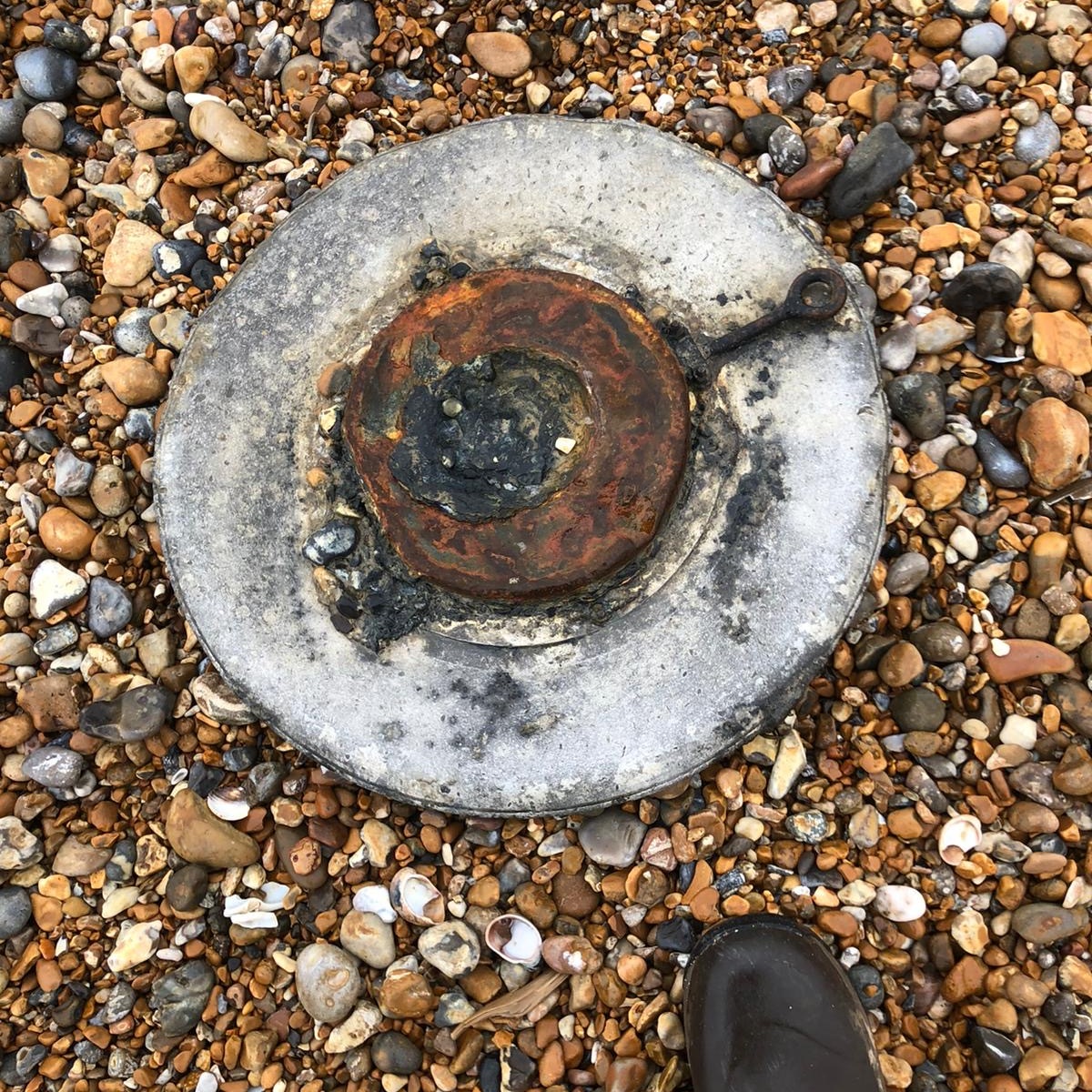
Future Events
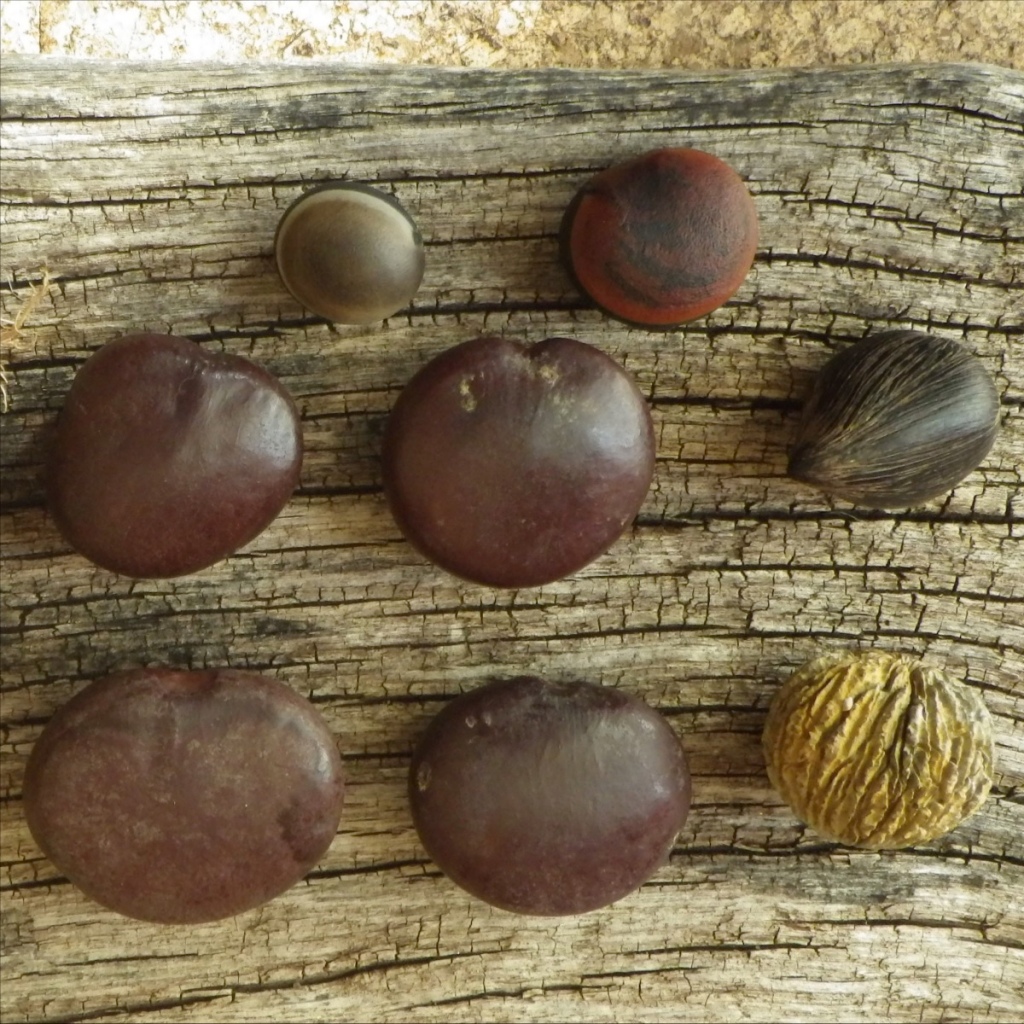
“Beachcombing in the South East – My Search for a Seabean”
2pm Saturday 21st March Winchelsea Beach Village Hall.
For Friends of Rye Harbour Nature Reserve
Open to all, donations to Friends of Rye Harbour Nature Reserve
– a talk by Andy Dinsdale of his 15 years personal experience scouring our local coastline for the elusive sea heart, a seed that travels oceans. Many miles of walking beaches and discovering the increasing amounts of rubbish in the strandline has led to the formation of Strandliners, a community interest company.
Community Action Team
Beach plastic rubbish identification & survey training
CAT training will continue in 2020. Both CAT sessions 1 & 2 at venues around the Rother. If you’re interested in finding out more about the toxic plastic tide why not join a session? “You will never be able to see the beach in the same way again!” Anyone who wishes to be on a waiting list for this training please email here.
CAT 3 will be Wednesday 18th March (7 to 9pm) and those who already have completed A & B will be contacted.
Camber Sands – Great Nurdle Hunt – Sat 14th March– meet 9am in Central car park, Camber (parking £3.00 for up to 3 hours). book a place here.
River Cuckmere – Great Nurdle Hunt – Sun 15th March– meet 10am in Seven Sisters car park (parking £4.00 for the day). Can be muddy in the salt marsh. book a place here.
Pett Level – Great British Beach Clean – Wed 8th April– (Marine Conservation Society & Keep Britain Tidy) with RSPCA Mallydams Wood – meet 2.00pm for survey, 2.30 for beach clean, up on sea wall next to Smuggler Pub, TN35 4EH.
Winchelsea Beach – Great British Beach Clean – Wed 15th April– (Marine Conservation Society & Keep Britain Tidy) with RSPCA Mallydams Wood – meet 2.00pm for survey, 2.30 for beach clean, – meet 4pm at small car park by toilets at end of Dog’s Hill Rd, TN36 4LX
River Rother – Rubbish survey – Sat 4th April (Surfers Against Sewage) – 2pm –
Rye (site to be confirmed)
River Rother – Rubbish survey – Mon 6th April (Surfers Against Sewage) – 2pm –
Rye (site to be confirmed)
River Rother – Rubbish survey – Mon 13th April (Surfers Against Sewage) – 10am
(Rye) site to be confirmed
River Rother – Rubbish survey – Tue 14th April (Surfers Against Sewage) – 10am –
(Rye) site to be confirmed
The Fairlight Berm – A week of clean up and recording sessions between 2nd & 10th May. This site will be cleaned and surveyed. Stay tuned for further developments! If you are able to give time please email to join up.
Beach surveys at Dungeness
Sunday 22nd March – 1pm
Sunday 19th April – 1pm
Saturday 16th May – 9am
We are running 4 weekly surveys at this remote site to gain more accurate marine debris data. 60 minute return walk on shingle and a 2.5 hour survey. Maximum 16 participants so please email here if you wish to join.
Please email if you may be able to help out at any of these events. Anyone can take part and aid the data collection, and clean the beach for humans and animals for today and tomorrow. And car sharing is encouraged (it’s fun too!).
Definitions and meanings
If anyone has anything they’d like explaining regarding marine pollution, waste, recycling etc please email your question to us at Strandliners and we’ll attempt to demystify those technical terms!
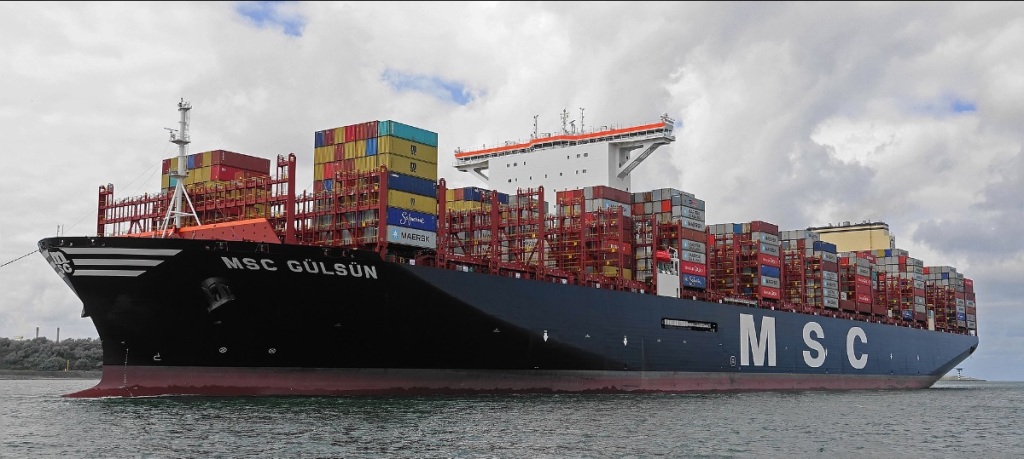
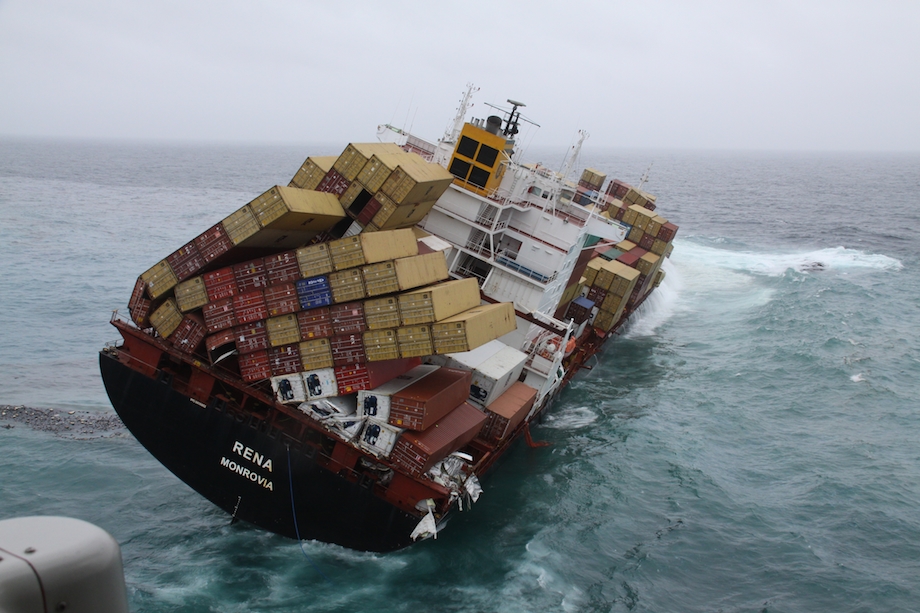
This month – “Containers & spills”
It is apparent that around 90% of everything that we buy and own has once been in a container and transported around the world from producer to seller to consumer. The 20-foot container, referred to as a Twenty-foot Equivalent Unit (TEU) became the industry standard reference so now cargo volume and vessel capacity are commonly measured in TEU. The largest container ships in use have the ability to hold 21,000 TEU containers. Each container can hold nearly 50,000 tins of baked beans (for example!).
These containers are fixed incredibly well on each ship but with increasing storms and human error some do get lost at sea. Various reports suggest anything between 300 and 10,000 are lost every year (1,500 approx per year). These containers sometimes break up whilst falling off the ship but also may remain intact. The ship’s captain has a responsibility to report to the coastguard any container loss that is either a hazard to shipping or if the contents are a hazard.
Unfortunately it seems much of these contents are not deemed a hazard. That is where we can begin to help. If we walk beaches we can record items that keep washing onto our beaches, in the past HP ink cartridges, Pulman slippers, tea capsules, various shoes and much much more. This can lead to identification of pollution sources and maybe in time a change of law. Strandliners will be cataloguing container spills that have polluted our shores so that more accurate information is available.
What to do if anyone finds any pollution hotspot or anything interesting/important …
1 – take a photo, in situ preferably but not necessary.
2 – take the object home, if safe to do so and if it contains no living wildlife!
3 – send an image with details (where, date, time etc.) to StrandlinersCIC@gmail.com
4 – post the image onto the Facebook group Rye Bay Beachcombing
